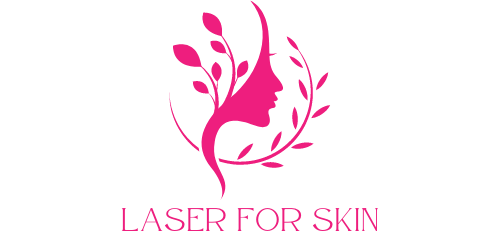Introduction: Laser skin treatment has revolutionized the field of dermatology, offering effective solutions for a wide range of skin concerns. However, ensuring safety and minimizing risks are paramount when undergoing these procedures. Understanding the safety protocols and precautions associated with laser skin treatment is essential for a successful and satisfying experience. Let’s explore the key safety measures and precautions that both patients and practitioners should adhere to when navigating laser skin treatment.
- Qualified Practitioners:
- Laser skin treatments should only be performed by qualified and experienced dermatologists, plastic surgeons, or trained skincare professionals.
- Choose a reputable clinic or medical spa with certified practitioners who have received specialized training in laser procedures and possess in-depth knowledge of skin anatomy and laser technology.
- Skin Assessment and Consultation:
- Before undergoing laser treatment, patients should undergo a comprehensive skin assessment and consultation with their provider.
- During this consultation, the provider evaluates the patient’s skin type, concerns, medical history, and suitability for laser treatment.
- The consultation allows the provider to determine the most appropriate laser modality and treatment parameters tailored to the patient’s individual needs and skin characteristics.
- Pre-Treatment Preparation:
- Patients should follow pre-treatment instructions provided by their provider to ensure optimal safety and efficacy of the procedure.
- This may include avoiding sun exposure, discontinuing certain skincare products, and refraining from hair removal methods such as waxing or plucking.
- Patients with a history of herpes simplex virus (HSV) may be prescribed antiviral medication before treatment to prevent flare-ups.
- Protective Eyewear:
- Both patients and practitioners should wear appropriate protective eyewear during laser treatment sessions to shield the eyes from laser light.
- Laser goggles or shields designed for specific wavelengths of light should be worn to prevent eye injury or damage from accidental exposure to laser radiation.
- Skin Cooling and Anesthesia:
- To minimize discomfort and protect the epidermis, skin cooling devices, topical anesthetics, or air cooling systems may be used before, during, or after laser treatment.
- Cooling techniques help alleviate sensations of heat and reduce the risk of adverse reactions such as burns or skin damage.
- Adherence to Treatment Guidelines:
- Practitioners should adhere to established treatment guidelines and parameters specific to each laser modality and skin concern.
- This includes selecting appropriate laser settings, fluences, pulse durations, and spot sizes based on the patient’s skin type, condition severity, and treatment goals.
- Post-Treatment Care:
- Patients should follow post-treatment care instructions provided by their provider to promote optimal healing and minimize the risk of complications.
- This may include applying soothing skincare products, avoiding sun exposure, and refraining from activities that could irritate or traumatize the skin.
- Monitoring and Follow-Up:
- Providers should monitor patients closely during and after laser treatment sessions for any adverse reactions or complications.
- Follow-up appointments allow for assessment of treatment outcomes, adjustment of treatment parameters as needed, and addressing any concerns or questions the patient may have.
Conclusion: Safety is paramount when navigating laser skin treatment, and adherence to established safety protocols and precautions is essential for ensuring a positive and successful treatment experience. By choosing qualified practitioners, undergoing thorough skin assessment and consultation, following pre- and post-treatment instructions, and adhering to treatment guidelines, patients can minimize risks and achieve optimal results from laser skin treatment. With proper safety measures in place, laser technology can continue to deliver transformative solutions for a wide range of skin concerns, empowering individuals to achieve healthier, more radiant skin with confidence and peace of mind.



